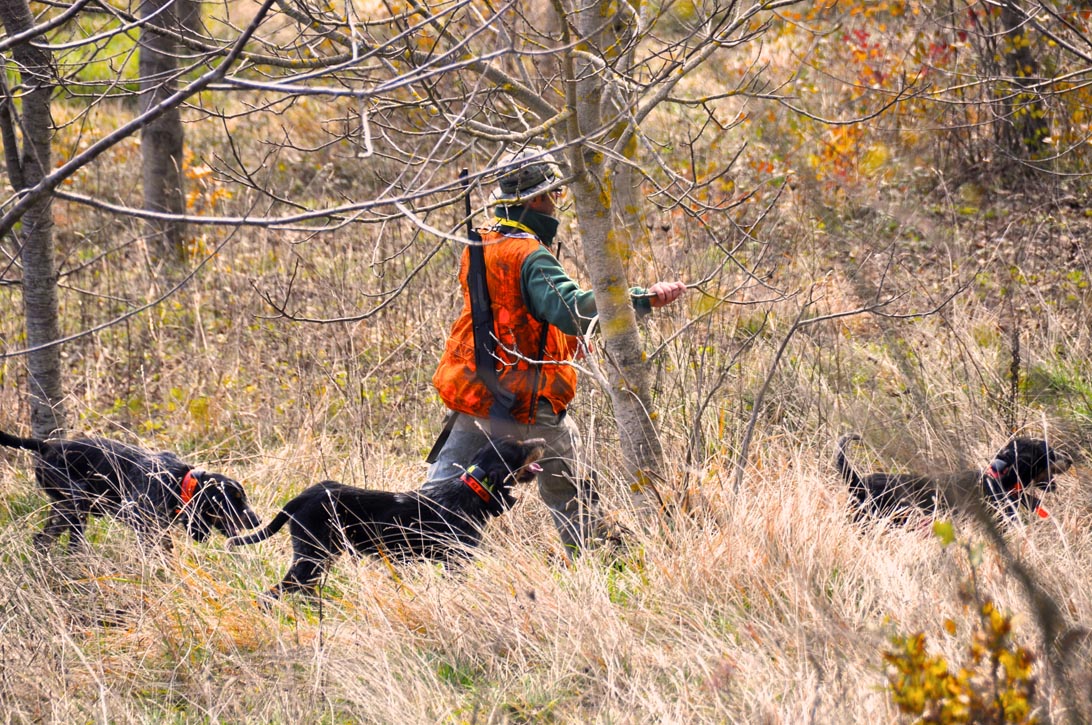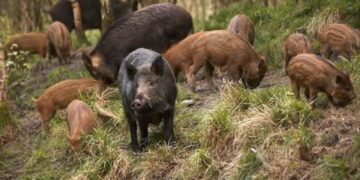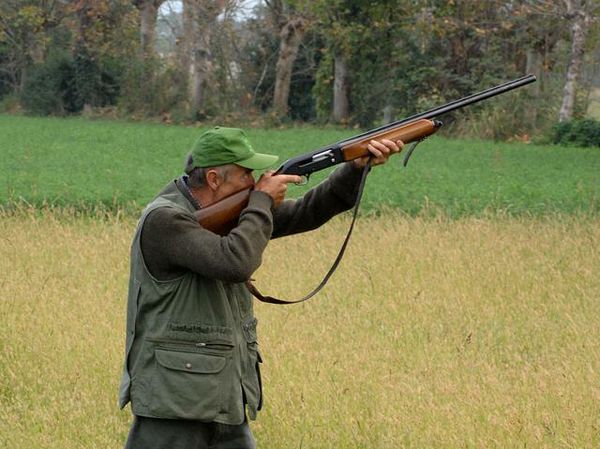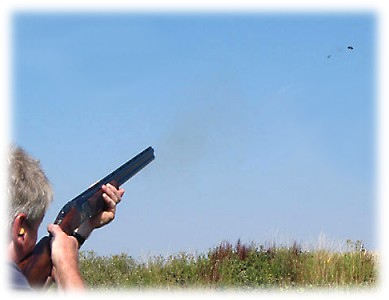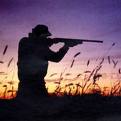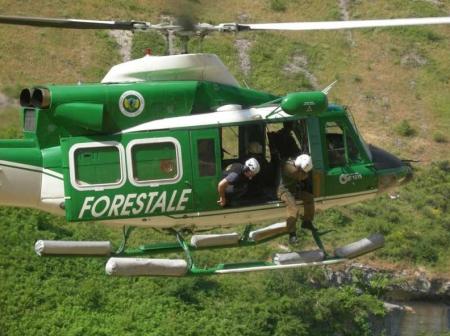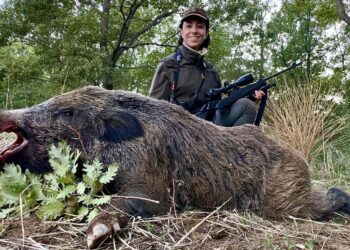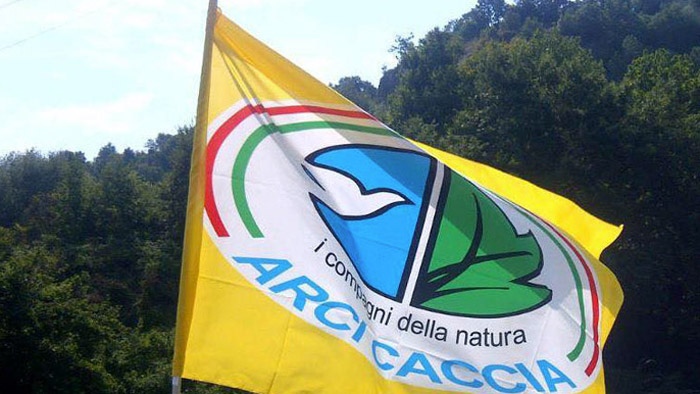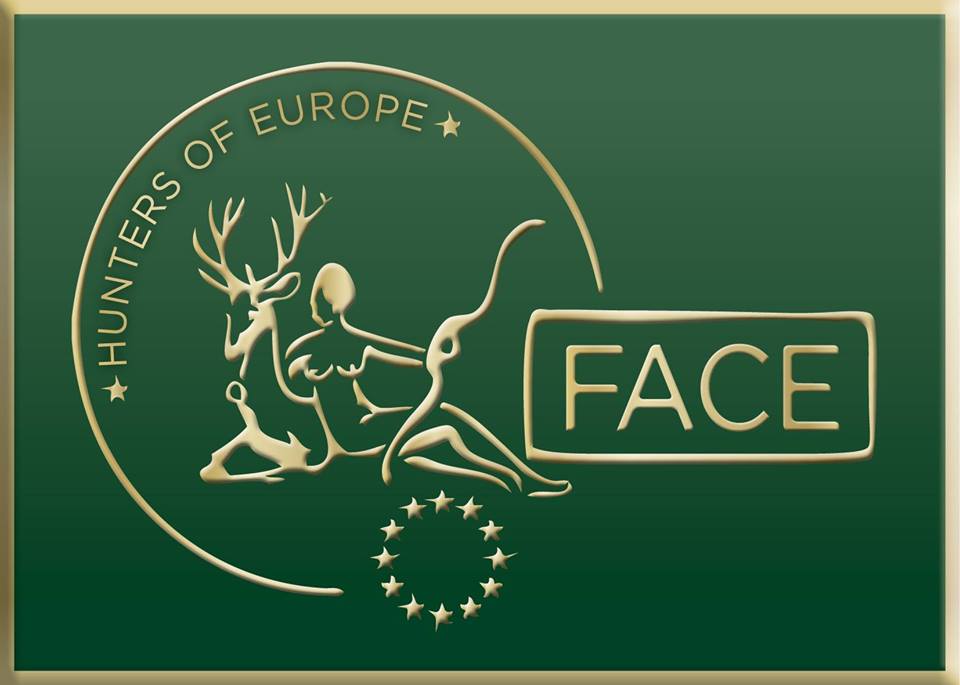 Thrush hunting: The phenomenon of migration, which for millennia has seen thrushes as protagonists, is still fascinating and surprising. As much as it is intriguing to discover that the two brothers, the bottaccio and the sassello, have very different habits, all to be studied.
Thrush hunting: The phenomenon of migration, which for millennia has seen thrushes as protagonists, is still fascinating and surprising. As much as it is intriguing to discover that the two brothers, the bottaccio and the sassello, have very different habits, all to be studied.
Before inaugurating the discourse on the migratory step of the thrush, it is important to have in mind that in nature there are two distinct species of thrush, which differ not only in size and tonnage, but above all in migratory habits.
Il redwing could be called the younger brother of the song thrush.
The latter is a few centimeters longer than the sassello and despite being mostly migratory, the song thrush manages to live permanently in some areas of the Italian territory where it nests. The preferential habitat is that of the dense woods that meet in the Alps and the Apennines.
The redwing, on the other hand, is to all intents and purposes definable as a migratory bird, since it does not present any sedentary habit.
The pass is characterized by movements in groups of more or less large size especially in the case of the redwing, unlike its older brother, the bottaccio, which is more solitary and becomes the protagonist of a migration characterized by a high degree of individuality.
For song thrush the pass, and therefore the arrival in our Alpine and Apennine woods, occurs during the middle of September and October. They stay in these territories at least until the first decade of December, later moving towards warmer areas. In some cases they winter in Italy, preferring the coastal areas and the islands, in other cases, more numerous, they prefer to go to destinations further south. The second migratory step towards the mountain areas occurs in the first days of March.
The migration of this suggestive bird has been studied by numerous ornithologists. In Italy the most interesting conclusions were those of the ornithological observatories of Garda and Castel Fusano, in collaboration with the ANUU (National Association of Birds and Birds). According to studies, it seems clear that the passage of the song thrush in the Prealps area occurs, in some cases, even in the first half of September. 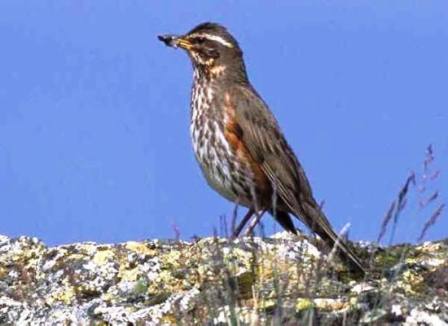
As the step from the heaviest flow begins between the end of September and the beginning of October and ends about twenty days later. However, this does not mean that some contingents remain for a longer time in particularly favorable areas and that in southern locations (such as the Calabrian ones) the song thrush even presents moderately sedentary sections.
In general it is possible to admit that the song thrush that crosses the passes of the Julian Alps comes directly from Germany and from the wider Danube Carpathian region and that it continues its route westwards, following the Alps and finally reaching Liguria, Corsica. , Sardinia and Tunisia, in some cases also Morocco, the Canary Islands and Algeria.
Another coastal migratory line, on the other hand, would touch with insistence Tuscany, Lazio, Campania and Calabria with a strongly individual trait; some specimens in fact linger in certain territories where the pasture is abundant, others go straight on without stopping, preferring for their movements at night, although it is well known that some short journeys, in case of need, are covered even at high sun. Finally, the last particularly important migratory current is the middle and upper Adriatic one characterized by the presence of birds that come from central Italy. 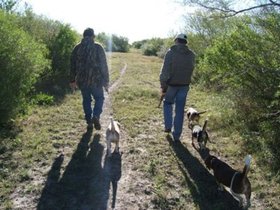
At the end of January the song thrush carries out the review following the previous migration perfectly backwards as easily demonstrated thanks to the ringings.
The speech to be made instead on the redwing is slightly different. Long-range migrant, this moves later than the bottaccio and the migratory phenomenon is concentrated mainly in the second decade of October. The review, on the other hand, ends in a very short time. It starts at the end of January and can be considered finished already at the end of February.


 Thrush hunting: The phenomenon of migration, which for millennia has seen thrushes as protagonists, is still fascinating and surprising. As much as it is intriguing to discover that the two brothers, the bottaccio and the sassello, have very different habits, all to be studied.
Thrush hunting: The phenomenon of migration, which for millennia has seen thrushes as protagonists, is still fascinating and surprising. As much as it is intriguing to discover that the two brothers, the bottaccio and the sassello, have very different habits, all to be studied.





